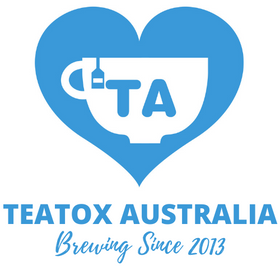
The Internet, books, and fitness magazines are literally bombarded with diet meal plans and there are virtually thousands of meal plans to choose from which can make matters very confusing. But the main question is: how can we choose an ideal weight loss plan that suits our goals and it’s healthy at the same time?
Expert nutritionists urge readers to be twice careful when considering a meal plan as not all meal plans are effective or good for your health. If you don’t want to waste your precious time and energy following an inappropriate meal plan, here is what to look out for:
Choose a varied meal plan. A meal plan that is only based on one or two types of foods is not only hard and restricting, but it can also damage your health too as you won’t be getting all the nutrients your system needs from your diet. Even if these supposed meal plans are endorsed by celebrities e.g the juicing diet trend or a protein only diet, it doesn’t mean that they are good for you. Even if you are vegan or a ketogenic diet eater by choice, you need to eat a variety of foods to cover your daily requirements of micronutrients.
Choose a meal plan with sufficient portions of macros. Again, your body needs a sufficient dose of macronutrients like protein and carbs to fuel itself with energy. If your micro portions are insufficient, your body will switch to a starvation mode and you will end up feeling tired and prone to eat more than before. A balanced meal plan will contain enough doses of the following on a daily basis:
- 2 portions (up to 50 gr.) of dairy products, preferably organic and not from cows e.g goat cheese, Greek yogurt, feta cheese, etc.
- 30% of your daily calorie intake should come from complex carbs such as rice, sweet potatoes, wholewheat bread and pasta, peas, nuts, and seeds.
- 46-56 grams of protein daily from healthy protein sources such as lean chicken, turkey, lean beef, eggs, wild fish and seafood, nuts and legumes.
- 4 portions (around 200 gr.) of foods rich in fibre. Fibre will help your system metabolize food better, regulate blood sugar levels and make you feel full and satiated for longer. Foods that are high in fiber are all dark-colored vegetables such as celery, spinach, and purple cabbage as well as bananas, raspberries, pineapples, mangoes, seeds, nuts, and legumes.
- Sufficient amounts of healthy fats. Healthy fats e.g omega-6 and omega-3 are necessary for alternative energy production in place of sugar and for the support of cardiovascular and nervous system health. In most cases, amounts of 45-70 grams a day are ideal. This equals to up to 3 tbsp of healthy oils per day e.g olive oil, avocado, or coconut oil as well as foods that contain healthy fats such as salmon, avocado, and nut butters e.g almond butter.
Choose a 2-week meal plan. Most meal plans out there cover the scope of one week and this isn’t exactly healthy or flexible--if you keep eating the same foods weekly you’ll most likely get bored and give up within 2 months max. This will also inevitably restrict the foods and nutrients you take as a result as just one week isn’t enough to eat a variety of foods. If you wish to stick to a diet plan for longer and you have to reach a high weight loss goal e.g lose over 10 pounds within 2 months, you should look out for 14-day or monthly meal plans.
You should also switch your meal plan as soon as you’ve reached a certain goal--once you have lost your target weight, you don’t have to follow the exact same plan for the rest of your life to keep your weight. Relax your meal plan or switch to a new varied meal plan for weight maintenance.
